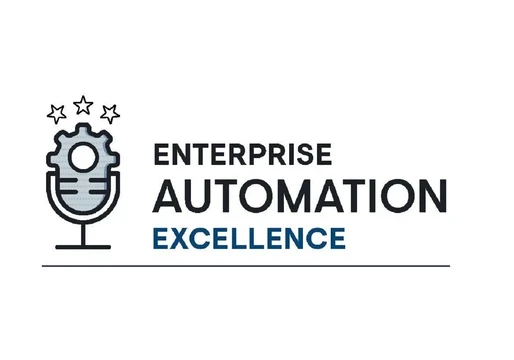
Data is incredibly powerful, and successful businesses harness it. Informed decisions are guided by data insights, but this strategy can only flourish when companies prioritise a data culture. Cultivating a data culture is integral for analytics success. According to Gartner, an overwhelming 80% of CEOs recognise data as an asset, but only 10% say their organisation treats it as such.
Yellowfin, an innovative BI company, asserts that high-performing organisations go beyond just using data and analytics. Rather, these businesses put them at “the heart of everything they do - including culture.” IDC research indicates that companies have rapidly developed their capacity to leverage data and analytics.
According to the study, over a third have progressed to more complex data analytics stages - up from just 7% in 2014. A non-data culture inevitably consumes vast amounts of time, money, infrastructure and resources. Thankfully, data analytics has “advanced to a point where data is accessible for employees of all levels – and who don’t need to know how to code,” Nick Jewell, Director of Product Strategy at Alteryx, told EM360. “These newly empowered workers, together with the technically-adept data scientists, can drive forward the data agenda within an organisation – leading to a culture whereby data evolves from being a highly centralised resource to being one used to inform everyday decisions.”
“By encouraging the sharing of data analysis workflows and properly vetted data sources, companies can ensure that the benefits of each individual’s hard work can be felt across the organisation – rather than being limited to, for example, that individual’s team,” Jewell asserted. According to Yellowfin, cultivating a data culture can be achieved in five steps.
1. Develop a plan and a strategy
If you fail to plan, you plan to fail. For a balanced outcome, choose your team carefully.
2. Introduce technologies gradually
You may need to implement a new data platform to support your transformation.
3. Grow the data platform
What is the next most important issue, and how can you help different business units get value?
4. Follow and repeat
By this stage, your data platform should contain most of the data sets your organisation requires.
5. Reinforce steps 1-4
For long-term success, be proactive about ensuring processes are followed, roadmaps updated, and priorities are measured by value. Through implementing these steps, data is more consistent, processes more efficient, and employees more productive. By nurturing a data culture, businesses can thrive.














Comments ( 0 )